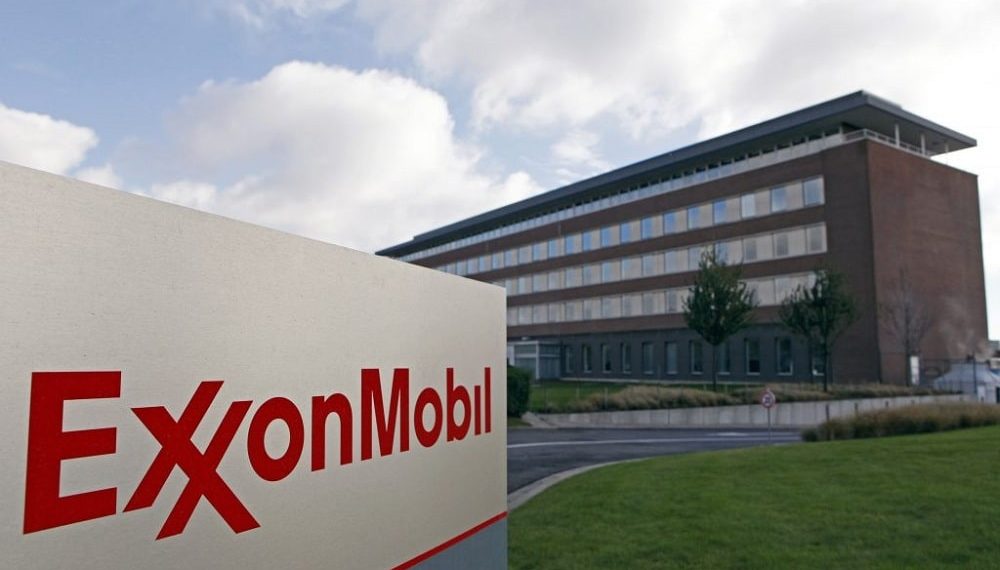The merger of ExxonMobil and Pioneer creates an Unconventional business with the largest, high-return development potential in the Permian Basin. The combined company’s more than 1.4 million net acres in the Delaware and Midland basins have an estimated 16 billion barrels of oil equivalent resource. ExxonMobil’s Permian production volume will more than double to 1.3 million barrels of oil equivalent per day (MOEBD), based on 2023 volumes, and is expected to increase to approximately 2 MOEBD in 2027, based on initial estimates.
Combining Pioneer’s differentiated Permian inventory and basin knowledge with ExxonMobil’s proprietary technologies, financial resources, and industry-leading project execution excellence is expected to generate double-digit returns by recovering more resource, more efficiently and with a much lower environmental impact.
“This premier, tier-one asset is a natural fit for our Permian portfolio and gives us a greater opportunity to deploy our technology and deliver operating and capital efficiency for long-term shareholder value,” ExxonMobil Chairman and CEO Darren Woods said. “The combination of our two companies benefits this country’s energy security and economy, and also furthers society’s environmental ambitions as we move Pioneer’s 2050 net zero goal to a 2035 plan.”
Environmental Impact
ExxonMobil has industry-leading plans to achieve net-zero Scope 1 and Scope 2 greenhouse gas emissions from its Permian unconventional operations by 2030. With the merger closed, ExxonMobil will leverage its Permian greenhouse gas reduction plans to accelerate Pioneer’s Scope 1 and 2 net-zero emissions goal by 15 years. ExxonMobil will also apply its industry-leading technologies for monitoring, measuring and addressing fugitive methane to reduce the combined companies’ methane emissions. In addition, using combined operating capabilities and infrastructure, ExxonMobil expects to increase the amount of recycled water used in its Permian fracturing operations to more than 90% by 2030.



















































